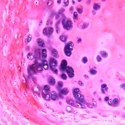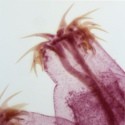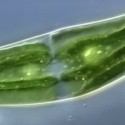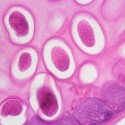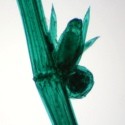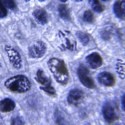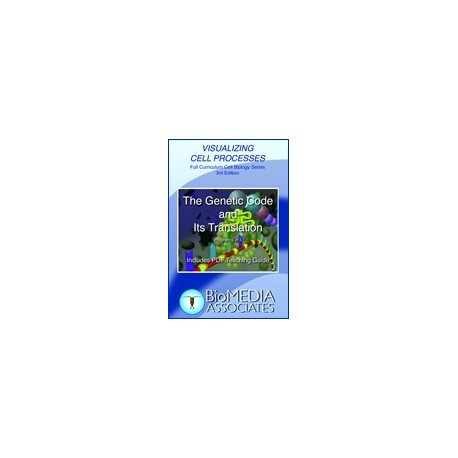No products
Prices are tax excluded
The Genetic Code and It's Translation DVD
New product
The Genetic Code video is organized into short-play learning modules, for concise instruction.
Back-order allowed - 10 to 18 days
By buying this product you can collect up to 45 loyalty points. Your cart will total 45 points that can be converted into a voucher of $6.75.
Volume discounts
| Quantity | Discount | You Save |
|---|---|---|
| 2 | 3% | Up to $6.80 |
| 3 | 5% | Up to $16.99 |
12 minutes
The Genetic Code and It's Translation video is organized into short-play learning modules, for concise instruction.
1. The Protein Nature of Life (1:25) Compares prokaryotes (spirilliform bacteria) and a eukaryote (small amoeba with prominent nucleus) and shows some of the diverse types of cells found in animals and plants.
2. Protein Structure (0:36) This module shows how 20 amino acids can produce an almost infinite number of proteins and how the shape of a protein is achieved.
3. Transcription (1:37) Shows how the DNA code is transcribed onto nucleotides of mRNA. The mRNA strands are then shown migrating into the cytoplasm where they are used as templates for synthesizing proteins.
4. Translation and the Protein Synthesis (1:31) Animates the functions of ribosomal RNA and transfer RNA in the translation of mRNA into a protein.
5. Gene Regulation in Prokaryotes (1:46) Production of the enzyme beta-galactosidase by lactose-digesting bacteria creates a model of the first gene regulation mechanism to be clearly understood Ñ the lac operon.
6. Classes of Eukaryote DNA (1:08) Not all of a cells functional DNA codes for large proteins. Short repeated sections code for small ones in high production, such as histones, while other repeat sections from the caps and centromere of chromosomes.
7. Exons and Introns (1:25) One of the great surprises in molecular biology was the discovery that up to 90 percent of a cells DNA is silent.
8. Mutations (1:44) This module illustrates several types of mutations that occur in DNA. Frame-shift mutations are the most damaging, whereas point mutations are a potential source of variety for evolutionary processes.

